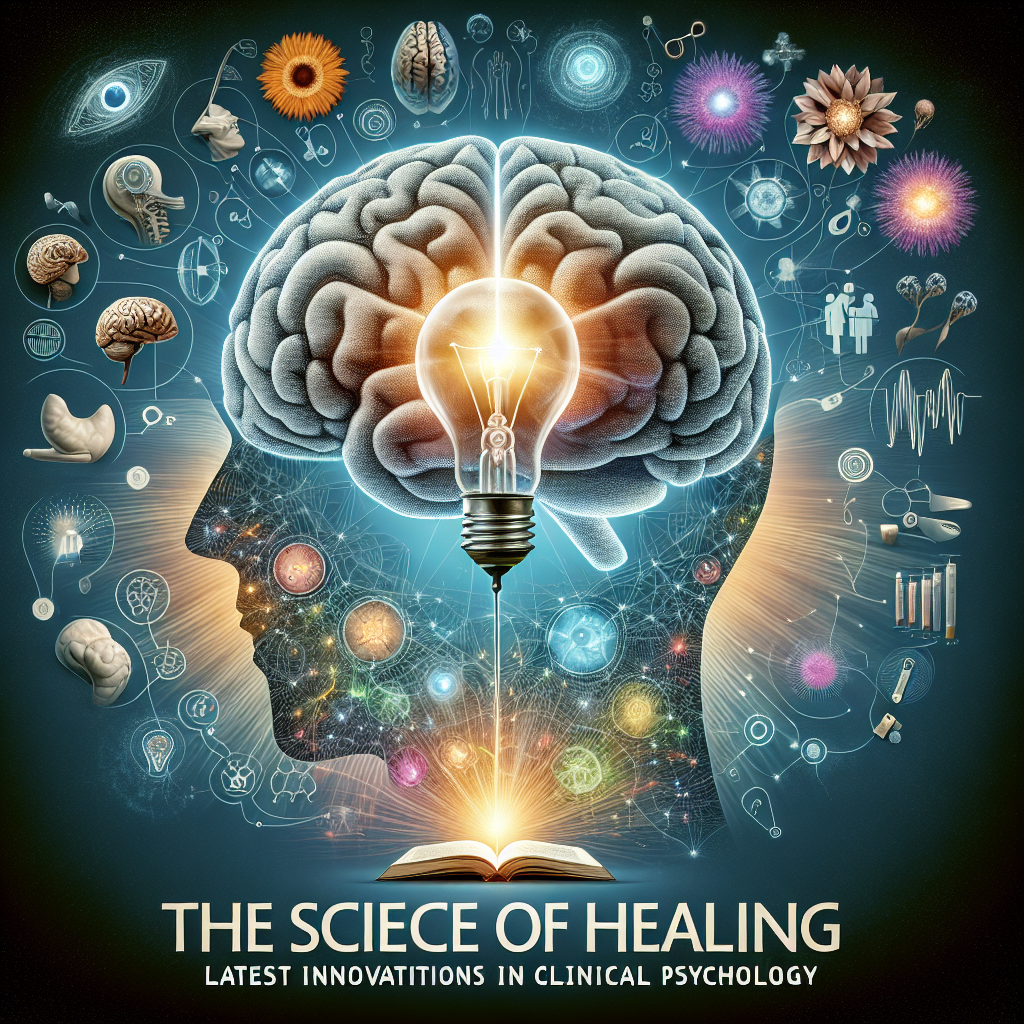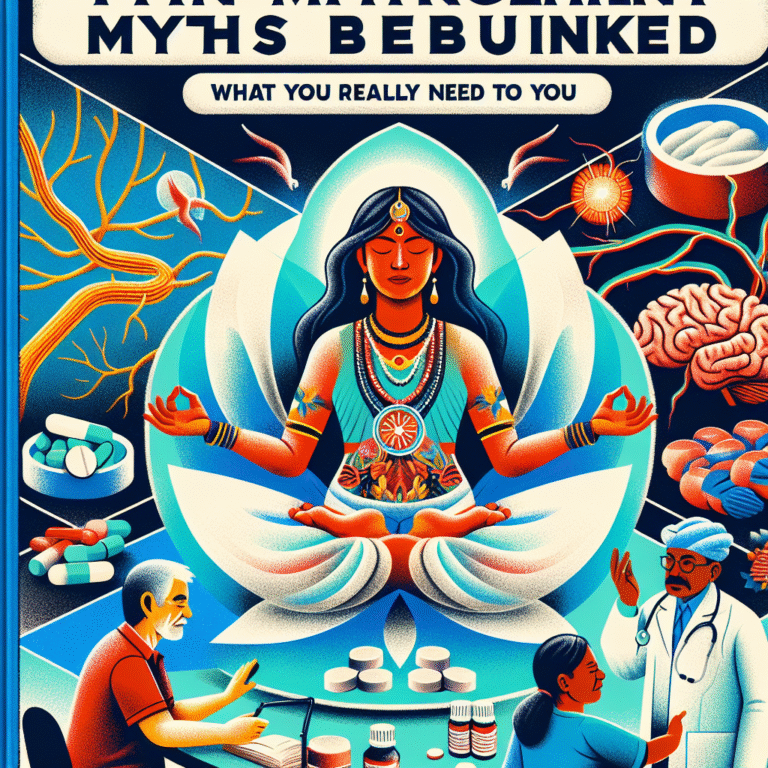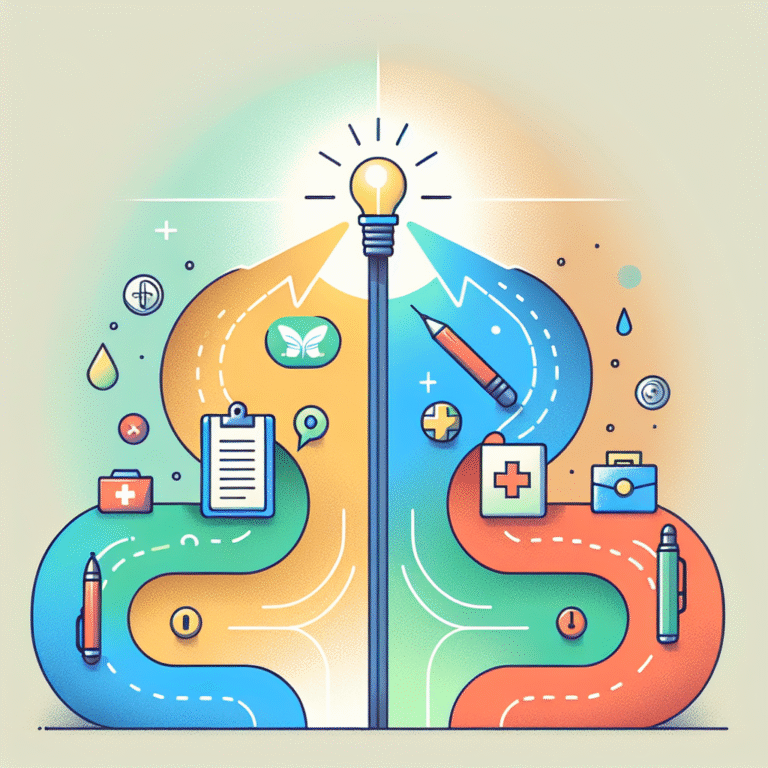
Introduction
In a world where mental health challenges are increasingly prevalent, the urgency for effective therapeutic solutions has never been higher. Advances in clinical psychology promise to bridge traditional therapeutic approaches and modern scientific insights. The Science of Healing: Latest Innovations in Clinical Psychology explores how cutting-edge techniques are reshaping the treatment landscape, providing hope and healing to millions.
Imagine a space where therapy is not just about conversation, but a dynamic interplay of neuroscience, technology, and traditional healing methods—this is where we find ourselves today. With groundbreaking research and innovative practices at the forefront, clinical psychology is evolving more rapidly than ever before.
The Intersection of Psychology and Neuroscience
Understanding the Brain’s Role in Healing
One of the most significant strides in clinical psychology stems from advancements in neuroscience. With high-resolution brain imaging techniques, psychologists can now observe how specific therapeutic interventions affect neural pathways. For instance, fMRI (functional Magnetic Resonance Imaging) shows real-time activity in the brain during therapy sessions.
Case Study: The Impact of Cognitive Behavioral Therapy (CBT)
Research involving participants undergoing CBT for anxiety disorders highlighted that positive changes in brain activity were closely correlated with symptom reduction. Specifically, areas responsible for regulating fear and anxiety exhibited increased connectivity and decreased activation during stressful tasks.
Analysis:
This study underscores the relevance of The Science of Healing: Latest Innovations in Clinical Psychology, as it demonstrates the tangible effects of therapy on brain function, reinforcing the validity of mental health treatments.
Neuroplasticity and Healing
Neuroplasticity—the brain’s capacity to reorganize itself—plays a crucial role in mental health recovery. Recent innovations focus on leveraging neuroplastic principles to enhance therapeutic outcomes.
-
Mindfulness-Based Interventions:
Mindfulness practices encourage patients to focus on the present, reducing stress and anxiety levels. Studies indicate significant changes in brain regions associated with emotions, leading to improved emotional regulation. - The Role of Technology:
Apps designed for mental health now offer engaging exercises that can reshape thought patterns. For example, an app that encourages daily gratitude journaling has shown effectiveness in enhancing mood and reducing depressive symptoms.
Digital Innovations in Clinical Psychology
Teletherapy: A Game Changer
In the past few years, the adoption of teletherapy has skyrocketed, breaking barriers to access and providing support where it’s most needed. With patients able to receive counseling from the comfort of their homes, engagement has increased.
Statistics to Consider:
- A recent survey found that 78% of teletherapy users report satisfaction with the service.
- Anxiety and depression scores significantly decreased in 82% of participants who engaged in teletherapy versus traditional in-person sessions.
Virtual Reality Exposure Therapy (VRET)
Virtual reality (VR) is emerging as a pivotal tool in exposure therapy for phobias and PTSD. VRET simulates real-world environments where patients can confront their fears safely.
Case Study: Treating PTSD Using VR
A clinical trial evaluating VRET for veterans with PTSD revealed that 70% of participants experienced considerable symptom relief after just six sessions.
Analysis:
This innovation exemplifies The Science of Healing: Latest Innovations in Clinical Psychology, showcasing the creative use of technology to enhance traditional therapeutic methods.
Integrating Holistic Approaches
Mind-Body Connection
Therapies that consider both mental and physical health are gaining traction. Approaches like yoga therapy and art therapy highlight the mind-body connection, offering holistic healing avenues.
-
Yoga Therapy for Depression:
Studies indicate that regular yoga practice can lead to significant reductions in depressive symptoms, emphasizing how the body’s movement impacts mental states. - Art Therapy:
This technique encourages self-expression and emotional exploration. Research reveals that individuals who engage in art therapy report lower anxiety levels and improved emotional well-being.
Biopsychosocial Model in Treatment
The biopsychosocial model, which examines biological, psychological, and social factors, is gaining acceptance as an effective therapeutic framework. Integrating these elements enables psychologists to create comprehensive treatment plans that cater to individuals holistically.
Case Study: Comprehensive Treatment for Schizophrenia
A study focused on individuals with schizophrenia found that those receiving treatment through the biopsychosocial model showed improved social functioning and quality of life compared to those receiving standard care.
Analysis:
The biopsychosocial model is integral to The Science of Healing: Latest Innovations in Clinical Psychology, as it promotes personalized care that addresses all aspects of an individual’s life.
The Future of Medication in Clinical Psychology
Psychopharmacology Innovations
Psychopharmacology is experiencing a revolution, with new medications and delivery methods being developed. Innovations include:
-
Ketamine for Depression:
Emerging research shows that ketamine infusions can rapidly alleviate symptoms of treatment-resistant depression, offering hope to many. - Psychedelic Therapies:
With renewed interest in substances like psilocybin and MDMA, controlled studies suggest they may have profound therapeutic effects on conditions such as PTSD and severe depression.
Statistics:
Results indicate that over 60% of patients treated with psilocybin experienced a significant decrease in depression symptoms within weeks.
Personalized Medicine
Pharmacogenomics—how genomes influence an individual’s response to medications—promises to transform psychopharmacology. By understanding a patient’s genetic makeup, clinicians can tailor treatments that lead to higher efficacy and reduced side effects.
Conclusion
The Science of Healing: Latest Innovations in Clinical Psychology highlights a landscape of ongoing advancement characterized by the integration of technology, neuroscience, and holistic approaches. Mental health treatment is evolving into a multidisciplinary practice, fostering a more effective and compassionate care system.
For anyone seeking healing or supporting loved ones through mental health struggles, it is essential to understand these innovations. Often, the path to mental wellness is no longer linear; it is a dynamic interplay of various therapeutic modalities designed to meet individual needs.
Actionable Takeaway
Stay informed and open to options. Whether it’s exploring teletherapy, engaging with mindfulness practices, or considering the latest medication innovations, the tools for healing are vast and evolving.
FAQs
1. What are the latest innovations in clinical psychology?
Innovations include teletherapy, virtual reality exposure therapy, psychedelic-assisted therapies, and personalized medicine through pharmacogenomics.
2. How does neuroplasticity contribute to healing?
Neuroplasticity allows the brain to reorganize and adapt, enabling therapeutic interventions, like mindfulness and CBT, to create lasting change in thought patterns.
3. What role does technology play in modern therapy?
Technology enhances access to care through teletherapy, engages patients with mental health apps, and provides immersive experiences in therapies like VR.
4. Can holistic approaches be integrated into traditional therapy?
Yes, integrating methods like yoga and art therapy addresses the mind-body connection, promoting overall well-being and enhancing traditional therapeutic outcomes.
5. How can I find the right therapy for my needs?
Consulting with a mental health professional to discuss various options, including new methodologies and personalized treatment plans, can help tailor a therapeutic approach that works for you.
By understanding the landscape of mental health treatment, you can empower yourself and those around you to engage with these transformative innovations positively.














